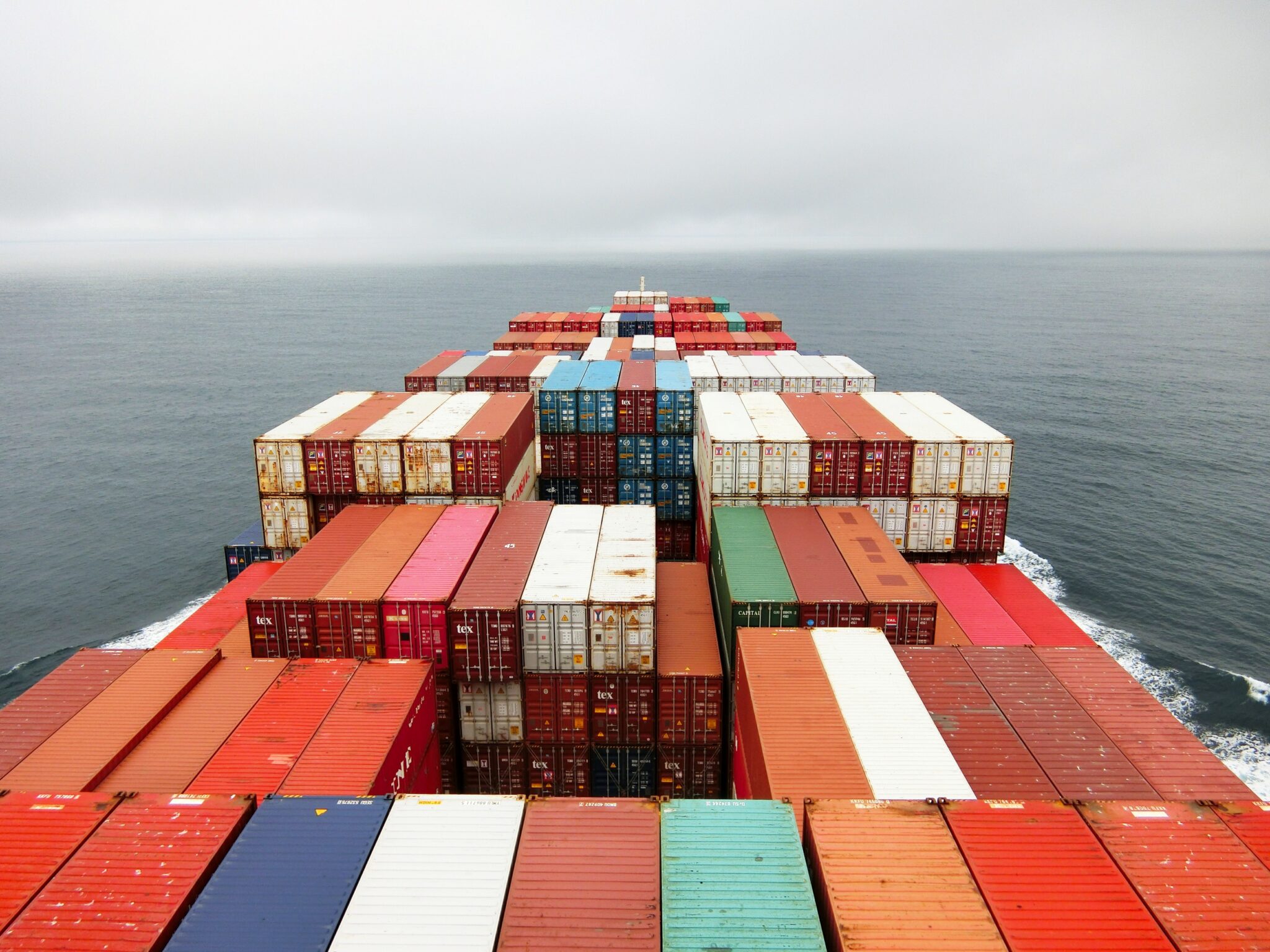DPD, which says it is the UK’s most sustainable delivery company, and ASOS, one of the world’s leading online fashion retailers, has announced a new circular economy initiative that will see DPD collect pre-loved clothing donations from ASOS customers’ doorsteps and deliver them to one of five leading UK charities, free of charge.
DPD’s ReLove service launched on 15th April 2021 to coincide with charity shops reopening in England and Wales. From that date, ASOS customers expecting a DPD delivery are able to use the YourDPD app to select the option to donate pre-loved clothing to one of five charities: Scope, Marie Curie, British Heart Foundation, British Red Cross or The Children’s Society.
DPD will then collect the pre-loved consignment at the same time as making the ASOS delivery. Customers will be encouraged to re-use DPD or ASOS packaging and can either hand the package to their DPD driver or leave it for collection in their ‘safe place’.
The driver will check the packaging and take it back to the depot, where DPD will label it and deliver it to the selected charity, who can then sell it to raise money for their cause.
Donating garments to charity is currently one of the more responsible ways that consumers can dispose of pre-loved clothing in the UK, as charities sort through products to resell those that are ready for a second home and recycle any that aren’t fit for resale.
With no infrastructure or systems in place in the UK for households to recycle textiles themselves, an estimated 350,000 tonnes of clothing is sent to landfill each year in the UK, potentially worth around £140m. The ReLove initiative will support both customers and charities in diverting clothing from landfill in a simple and convenient way.
Olly Craughan, DPD’s Head of CSR, commented: “DPD leads the way on sustainability in the delivery space and I’m incredibly proud of the team for getting behind initiatives like this. We are continuing to invest in the decarbonisation of our fleet, but the challenge is about much more than just buying electric vehicles. We want to go a lot further. It is about pushing ourselves to look at every aspect of our operation to find the green alternative and the smarter way of doing things.
“ReLove is another way for us to help cut carbon emissions, reduce waste and raise money for charities at the same time. It is also great to team up with ASOS on another really smart solution for their customers. We’re already delivering to these addresses, so it means one less trip and less miles travelled overall. The DPD app now has over 9 million users, and it has become a really powerful tool for us. It plays a key role in helping us deliver a fantastic service for customers and it is driving innovation like this.”
Patrik Silén, Chief Strategy Officer at ASOS, said: “Our focus has always been on providing our customers with an outstanding retail experience, and a key element of that is giving them opportunities to shop with us more responsibly. We know that our customers are very active in donating their pre-loved clothing and that they see it as a great way of keeping products in use and out of landfill, so partnering with DPD on the ReLove initiative is a natural fit for us. We’re proud to be joining forces with the team to drive sustainable solutions and look forward to seeing our customers’ response over the coming weeks.”










